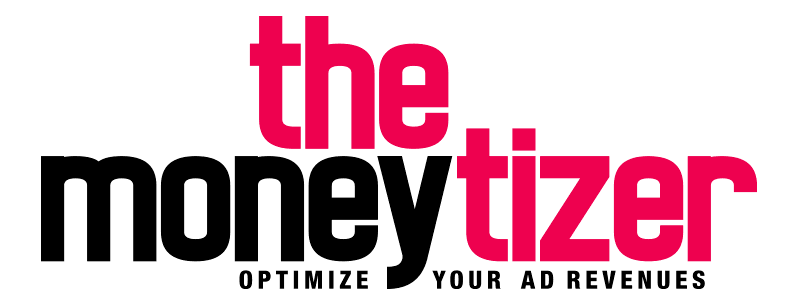In this article, you’ll learn what is native advertising and how to use it in your marketing campaigns or in your monetisation strategy, thanks to examples.
What is native advertising?
Native advertising is a way to advertise in an harmonious and efficient manner. It is designed to integrate with the platform on which the ad appears. Native ads can take the form of videos, articles or editorial content.
However today, the advertising market has pushed the limits of traditional ad units: that’s what is called “native advertising”. It is consumed quite naturally like the Instagram or TikTok feed but it doesn’t look like an ad.
Native ads are actually paid ads that match the appearance of the media format in which they appear. They integrate seamlessly with the content the user is viewing, whether on their cell phone or computer.
They are similar to banners and display ads, but do not look like an ad at first glance. This often helps them generate consumer interest and increase their visibility.
Native ads are a great way to inform your audience. They can be used to communicate information or special offers for instance.
Advantages of native advertising:
Native advertising remains one of the most efficient way for advertisers and publishers to reach their target audience. Let’s take a look at some of those advantages offered by those ad units:
- Keep your audience intact: With native ads, users are generally not bothered by pop-ups or annoying banners, which can lead them to ignore what is on the website. Seeing an ad that matches the style of the website makes interacting with the sponsored content easy and enjoyable. This creates a better user experience. That is why native ads have a high click rate and an engaged audience. Unlike pop-ups and banners, which take up a lot of space on the site, they are much more visually appealing.
- Easy performance of the website: Unlike other types of ads, native ones do not slow down the content platform. On those publications, user experience remains the same, no matter how many sponsored messages there are.
- Native content consumption goes unnoticed: Users interact with the whole website. So, even before the potential clients realize they are looking at an ad, their brain already remembers the brand.
- Millennials love native ads on mobile: Lots of marketing campaigns target millennials. This generation is now financially stable, aware of their needs and willing to spend money on the products they want. Most millennials say they appreciate native ads on mobile and think they offer a good user experience.
The statistics
- Native ads have a higher click rate than display ones.
- In the upcoming years, native advertising will represent more than 25% of the market.
- Native ads revenues will grow by almost 50% after 2022
- Consumers interact more with native ads than display ones.
- Compared to banners, native ads increased purchase intent by 18%.
- Native ads increase the brand affinity of almost 10%.
- Native ads are viewed more than display ads.
The different ad units of native advertising:
- Native banner: it’s a basic ad unit which is well integrated to the website content. They are usually placed in the most visible areas of the page. This results in increased visibility and higher interaction than with standard ads.
- In-Feed Native: sponsored publications which appear in your feed on Facebook, Instagram and Twitter are native ads.They are identical to the rest of the feed, except for a “sponsored” tag. The content feed have become a place where you can find a lot of native ads. They are not limited to social networks, so you have no excuse to not integrate them to your strategy.
- Recommended content: have you ever noticed sponsored content in the recommendation section on a news or content website? It can be hard to spot. Sponsored content is not always relevant to the type of website you are on, but it is the most popular form of native advertising.
- Brand content: It is a paid content on a website which has the same style and format than an editorial article. For instance, a basic infomercial looks like and can be read the same way as a regular journal or magazine article, except it’s sponsored. This format is available online and offline. This can include sponsored messages, content, infomercial, mini-documentaries on a company’s product or service.
An example on mobile
Spotify found a great advertising strategy: combining creativity and curation. When new tv shows premiere, some are associated with Spotify for promotion. It was the case for Stranger Things for example.
This type of native ads is not just a sponsored playlist, it has other features. Indeed, it’s an immersive brand experience which matches Spotify’s personality but also Netflix’s. Some publishers have already created advertising experiences in which the content is constantly pushed to the user for innovative ad experiences.
What matters is to know your users and to understand how to integrate transparently an advertiser in this experience.
Native advertising is becoming more and more common and users seem to have adopted it. It has a wide range of benefits recognized by marketers who are learning how to effectively integrate it into their campaigns to increase brand awareness.
At The Moneytizer, we offer native ad units, do not hesitate to contact us to know more about it and to get advice for their set up.

